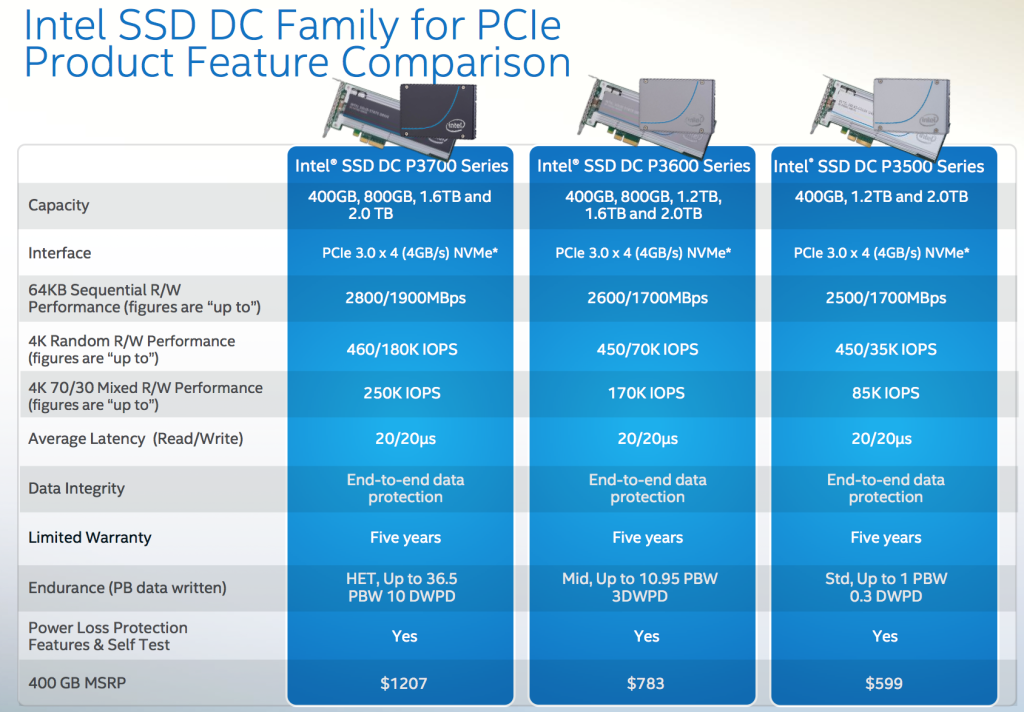There are some new developments sitting on the horizon of IT hardware.
The extremely fast PCI Express technology is soon to become more mainstream. SSDs that connect via PCI Express are already in use in some high-end systems such as the Mac Pro and a few Ultrabooks, but consumers may soon be seeing a widespread availability of these super-fast drives.
PCI Express, or Peripheral Component Interconnect Express, became the standard in 2004 as a connection that could handle the various types of cards, like video and sound, which most computer systems need. The PCI Express can handle up to 16 lanes in one slot, at about 16 GB of bandwidth. The next version of the PCIe will reportedly have double the bandwidth of its predecessor at 31.5 GB per second across the 16-lane slot.
So, what’s the big deal?
By comparison, a SATA6 hard drive can only handle 6 gigabytes per second and the Thunderbolt can only manage about 1.25 gigabytes per second, per channel. With the need for bigger, better, and faster technology, limitations on bandwidth can be a major problem.
And according to Matt Smith at Digital Trends, SATA can’t keep up with the advances of solid state performance, and is restricting the potential that drive makers can extract from their hardware. An alternative is needed, and choosing PCIe makes more sense than developing a brand new standard from scratch.
Where can you get it?
The newest versions of the PCI Express drives will become more readily available in the coming months of 2014 in PC’s, laptops and notebooks. Intel recently announced the new family of PCI Express SSD’s at Computex. The most affordable option in this family, the P3500, will retail for about $599 and will have 400GB of storage and transfer speeds exceeding two gigabytes.












